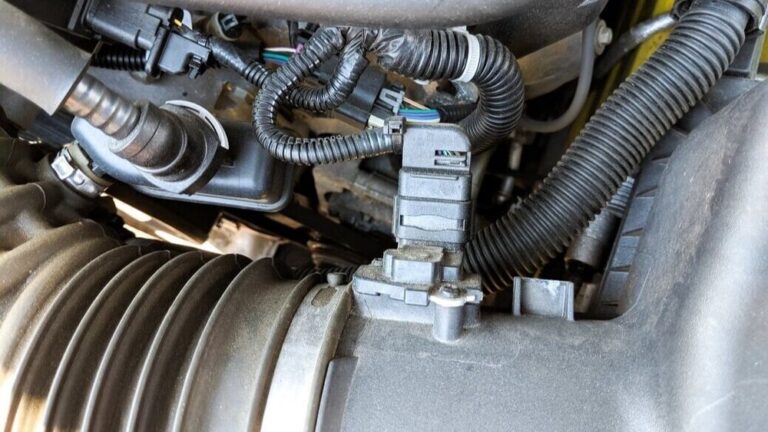Listed below are some bad mass Sensor Symptoms air flow sensor. If you notice your Air Fuel Rate is Too High or Too Low, your car may be suffering from a bad MAF sensor. Alternatively, your car may be experiencing jerky acceleration, and CODEP0101 may be displayed by your OBD-II scanner. In either case, you need to contact a mechanic right away.
Your Air Fuel Rate Is Too High
If you have noticed your air fuel rate is too high, the problem is probably the mass-air-flow sensor. Your vehicle’s MAF sensor is responsible for sending the right amount of air and fuel to the engine, and if it is not accurate, the car will run too rich or lean. Below are 5 common symptoms that indicate a bad mass air flow sensor. These symptoms may also be caused by other issues, but if they occur simultaneously, they’re a good indication that the mass air flow sensor is to blame.
The Check Engine Light: The check engine light will turn on if your MAF sensor is to blame for your high air fuel rate. This means that your vehicle’s mass sensor has failed. This code means that your vehicle needs to be serviced or repaired. It will come on if there is an issue with the air metering system or the throttle body. You can also replace the MAF sensor yourself if the problem persists.
Air Fuel Rate Is Too Low
If you’ve noticed that your car’s air-fuel ratio is too low, it might be time to take it to the mechanic. A bad mass air flow sensor can cause all sorts of problems, from trouble starting to poor fuel efficiency. Here are some symptoms to look for. If you notice hiccups and hesitation when you’re trying to accelerate, it’s most likely your mass air flow sensor.
If your MAF sensor is bad, you’ll notice a number of symptoms. Your car might not respond to acceleration properly, experience engine stalling, or hesitate when you’re accelerating. These symptoms can lead to serious injury or even accidents. You can’t diagnose a bad MAF sensor yourself, but a basic understanding of how the device works can help you narrow down the diagnosis.
If you’re having trouble with your vehicle’s fuel economy, re- calibrating MAF sensor might be the answer. In this article, we’ll cover the most important steps to calibrate your MAF sensor. But don’t worry if you don’t have a car with a MAF sensor – there are still ways to do this yourself. First, remove the MAF sensor if you don’t have one.
Your OBD-II Scanner Receives CODEP0101
When Your OBD-II Scanner Recognizes CODEP0101, your next step is to determine what caused the code. In some cases, you may need to look at the vehicle’s freeze-frame data to recreate the circumstances that led to the code being generated. For example, if you are experiencing idling problems, loss of power, reduced gas mileage, or black smoke coming from the tailpipe, it is likely the MAF sensor. If the cause of the P0101 code is a different component, you should contact a mechanic.
If you can’t identify the problem, it may be a simple air flow sensor. If the air flow sensor fails to function properly, the car won’t set the proper fuel-to-air ratio. Other problems associated with this sensor include rough idling, poor gas mileage, and a larger amount of pollutants. Unburned hydrocarbons (HC) are extremely harmful to the environment, and the carbon monoxide resulting from this sensor malfunction can result in a failed emissions inspection.
A Suddenly Jerks During Acceleration
When your car jerks during acceleration, you may be looking at a bad mass air flow sensor. This component controls how much air is injected into the engine, and a clogged mass air flow sensor can lead to bad acceleration and stalling. A bad MAF sensor may also cause issues with air fuel ratio and drivability. To find out if you have this problem, use an OBD-II scanner to diagnose the problem.
If you suspect a bad mass air flow sensor, check your vehicle’s engine’s management control unit (EMC) to find out if it’s faulty. The ECM will store fault codes for the sensor, so you’ll have to pull a diagnostic unit to retrieve them. To test the sensor yourself, hook up the wires to a voltmeter and measure the voltage. A reading of 2.5 volts or higher is normal.
